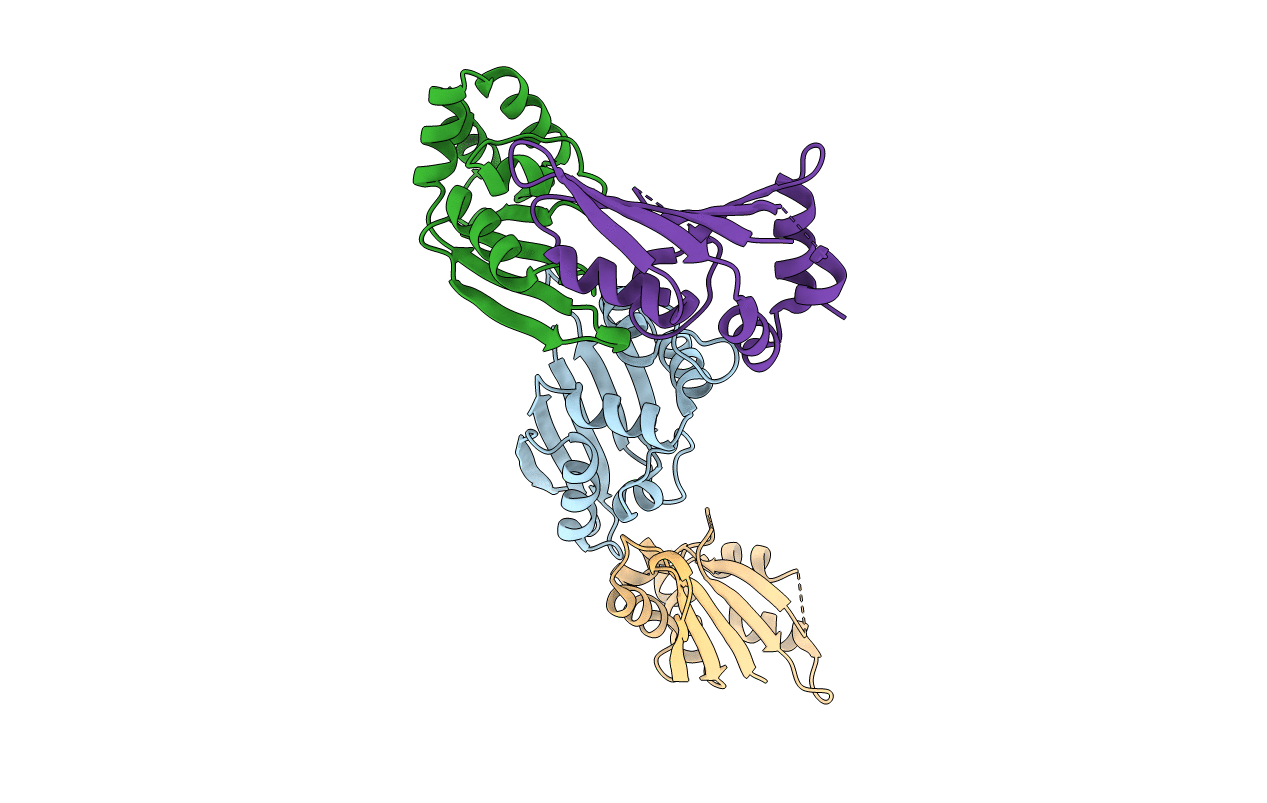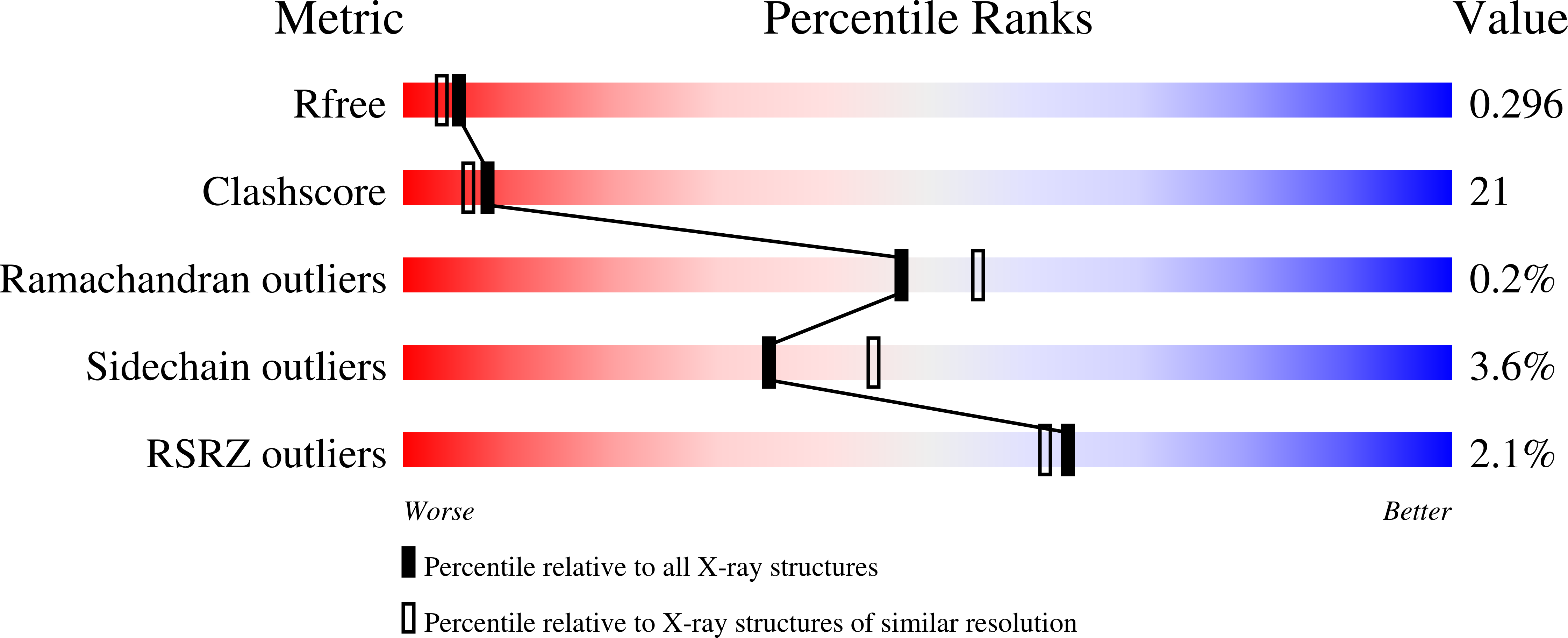
Deposition Date
2007-05-18
Release Date
2007-05-29
Last Version Date
2024-10-16
Entry Detail
PDB ID:
2PZZ
Keywords:
Title:
2.2 A resolution crystal structure of UPF0201 protein from Methanococcus jannaschii
Biological Source:
Source Organism:
Methanocaldococcus jannaschii DSM 2661 (Taxon ID: 243232)
Host Organism:
Method Details:
Experimental Method:
Resolution:
2.20 Å
R-Value Free:
0.29
R-Value Work:
0.24
R-Value Observed:
0.24
Space Group:
P 1


